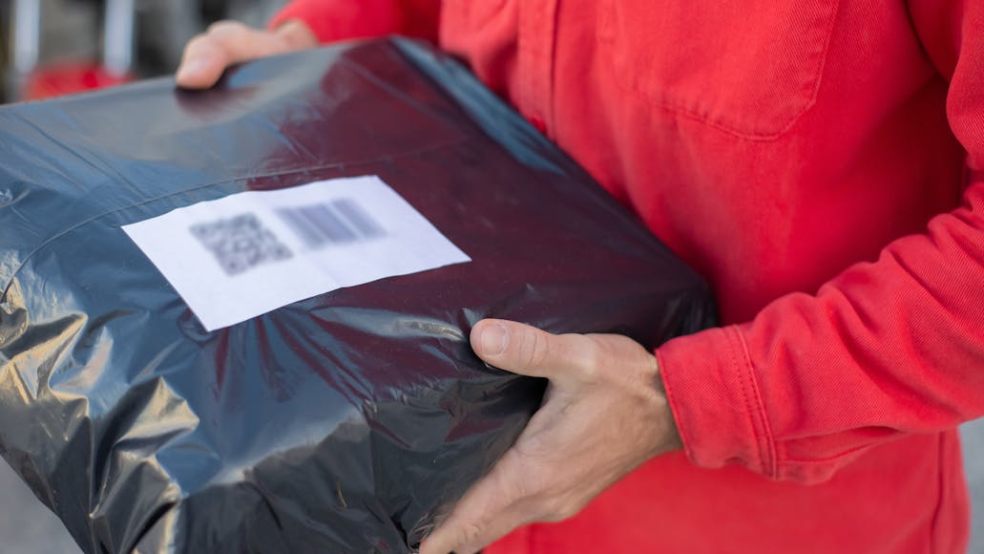
6 Steps to Sending a Parcel Overseas
If it’s your first time sending out a parcel outside of your country, you may think it’s complicated. Well, it's not as difficult, but you must understand that the rules can differ depending on your destination. The cost may also vary widely between shipping services. There’s also the issue of customs and all the forms you must go through, which can be confusing. However, the process gets easier if you have the proper guidance. So if you're sending a package overseas, whether for personal reasons or for business, this guide will help you.
How to Send a Parcel to an International Destination
Where do you begin? Let's say you want to send parcels to China on business. Can you get it delivered on time? With the right approach, you can save money and avoid delays. Your items will reach their destination safely and on time.
Here, we will break down the process into six easy steps which will guide you through the process of sending overseas so you don’t face any hassles - just click here.
Choose the Right Packaging
Because your parcel needs withstand a longer journey, you must ensure it is well packaged. International parcels usually change hands more often than domestic ones. It might travel by truck, plane and boat before reaching the destination.
So, you need strong corrugated boxes, which are much better than padded envelopes. Also, you should consider double-walled boxes to provide extra protection for your fragile contents. In addition, the box should be slightly larger than your item to allow for cushioning.
You should fill empty spaces with bubble wrap or packing peanuts to prevent your items from shifting during transit. Tape all seams securely with proper packing tape, don't use regular household tape because it may not be strong enough for international shipping.
Weigh and Measure Accurately
The weight and dimensions of your parcel will affect your shipping costs. Even minor measurement errors can lead to unexpected charges. Most shipping services charge by weight or dimensional weight, whichever is greater, so, use a reliable scale to weigh your packed parcel.
Measure the length, width, and height at the widest points. Then write these numbers down for reference when getting quotes. This information helps you compare services more accurately.
Some countries have size restrictions on incoming parcels. China, for instance, has specific limits for different types of shipments. So, check these details beforehand to save you from potential returns or delays.
Research Shipping Options
Carriers offer different types of international shipping services. Each of them has different strengths and pricing structures. So, it’s important you compare their rates, delivery times, and tracking capabilities. Some even offer door-to-door tracking throughout the journey. Others might only track until the parcel leaves your country.
In addition, you need to consider the insurance options for valuable items. Usually, basic coverage doesn’t cover the full value of expensive goods. So, you may need additional insurance, which costs extra but will protect your investment if something goes wrong during transit.
Complete Customs Documentation
Customs forms declare what you’re sending and its value. These forms determine how your parcel is processed at international borders. Inaccurate information can lead to delays or even rejection of your shipment.
Fill out customs forms properly and honestly. Describe items specifically rather than using general terms and also provide the actual value of items, not inflated or reduced amounts. Different countries require different forms.
When you send a parcel to China, you'll need specific documentation. Most carriers provide the necessary forms when you arrange shipping. In addition, online shipping platforms often guide you through this process step by step.
Pay Attention to Restrictions
Every country prohibits certain items from entering. Some restrictions might surprise you. Common prohibited items include foods, plants, and certain electronics. Also, consider that some medications that are legal in your country might be banned elsewhere.
Make sure you research import restrictions for your destination country. Check the Government websites and shipping carrier guides for the list of prohibited items. Ignoring these restrictions can result in confiscation of your items. Also, your recipient might face fines or legal issues. Besides wasting money on shipping, you risk causing problems for the person receiving your package.
Arrange Pickup or Dropoff
Most carriers will offer pickup services for international parcels. This option saves you a trip to the shipping centre. You can schedule pickups if you do regular shipping or if you have multiple packages. Also, if you have a drop-off location, it makes it more flexible for occasional shippers. There are post offices, carrier stores, and authorized shipping centers that accept international parcels. Some locations even offer extended hours for evening or weekend drop offs.
Keep all receipts and tracking information until delivery confirmation. Also, take photos of your packaged parcel before sending it. These precautions help if you need to file claims or track down missing shipments.
Conclusion
If you follow this guide, you won’t have any problems sending your parcel overseas. The process saves you from costly mistakes and frustrating delays. Also, you won’t feel overwhelmed even if it’s your first time shipping internationally.













